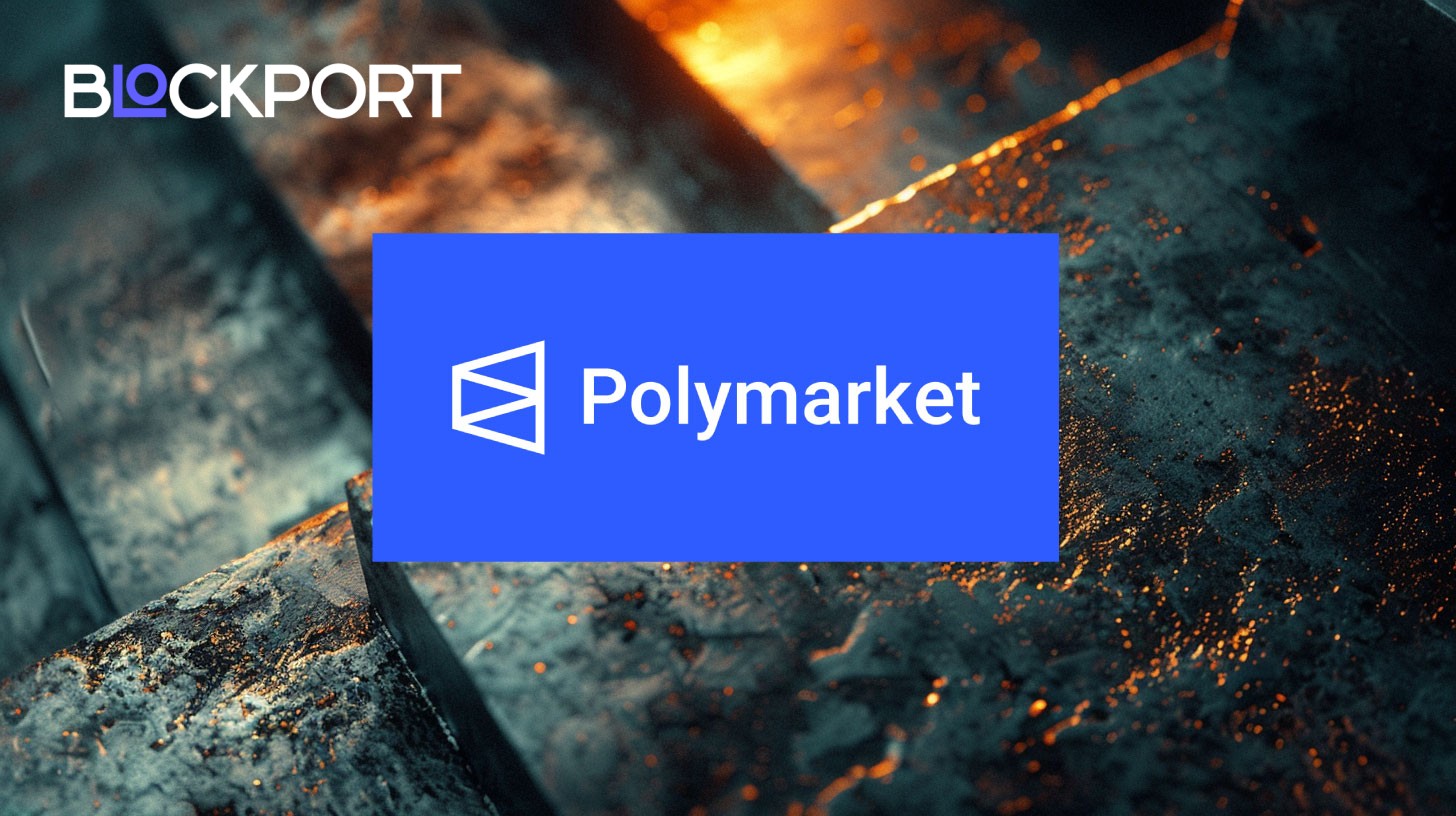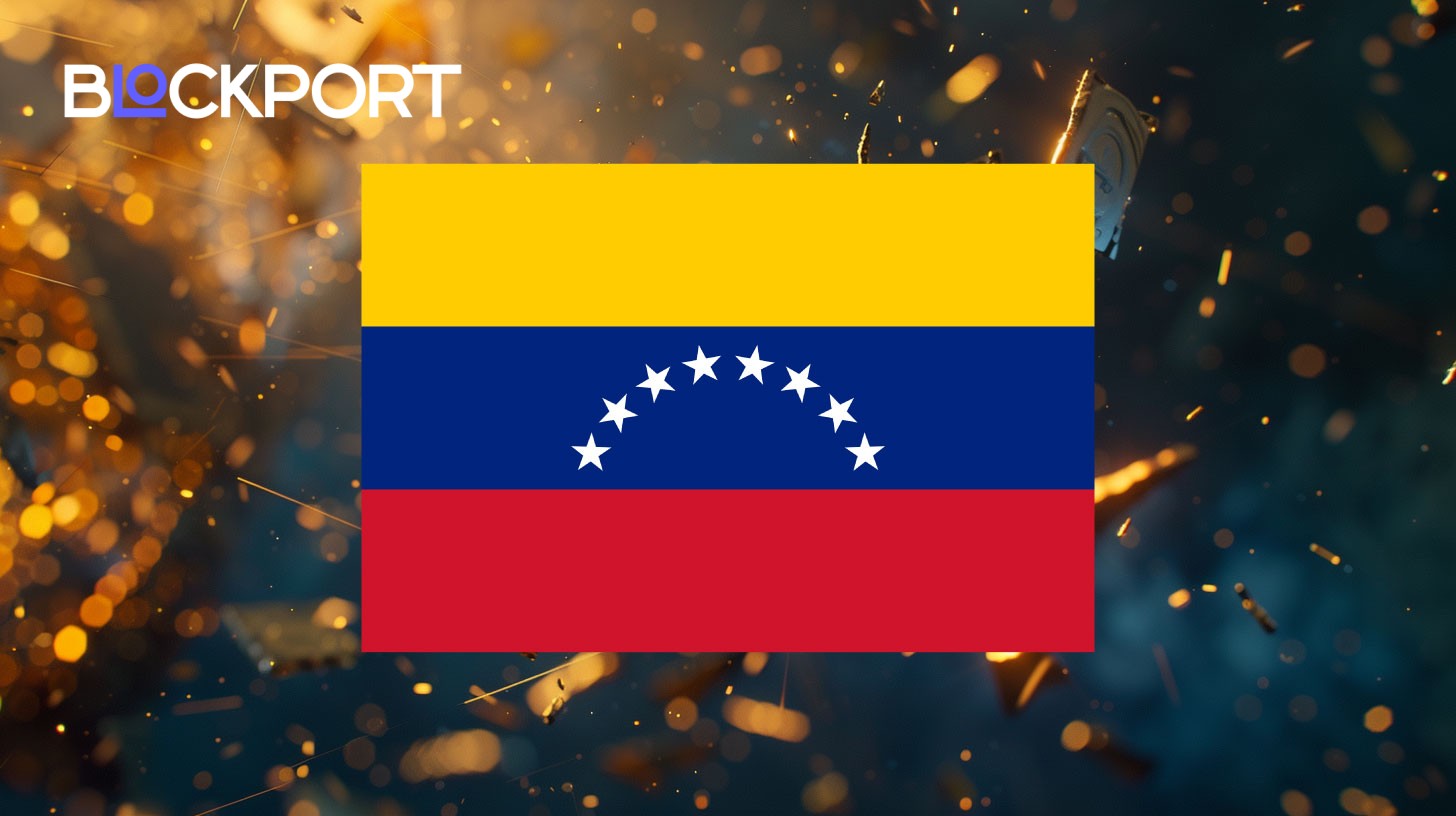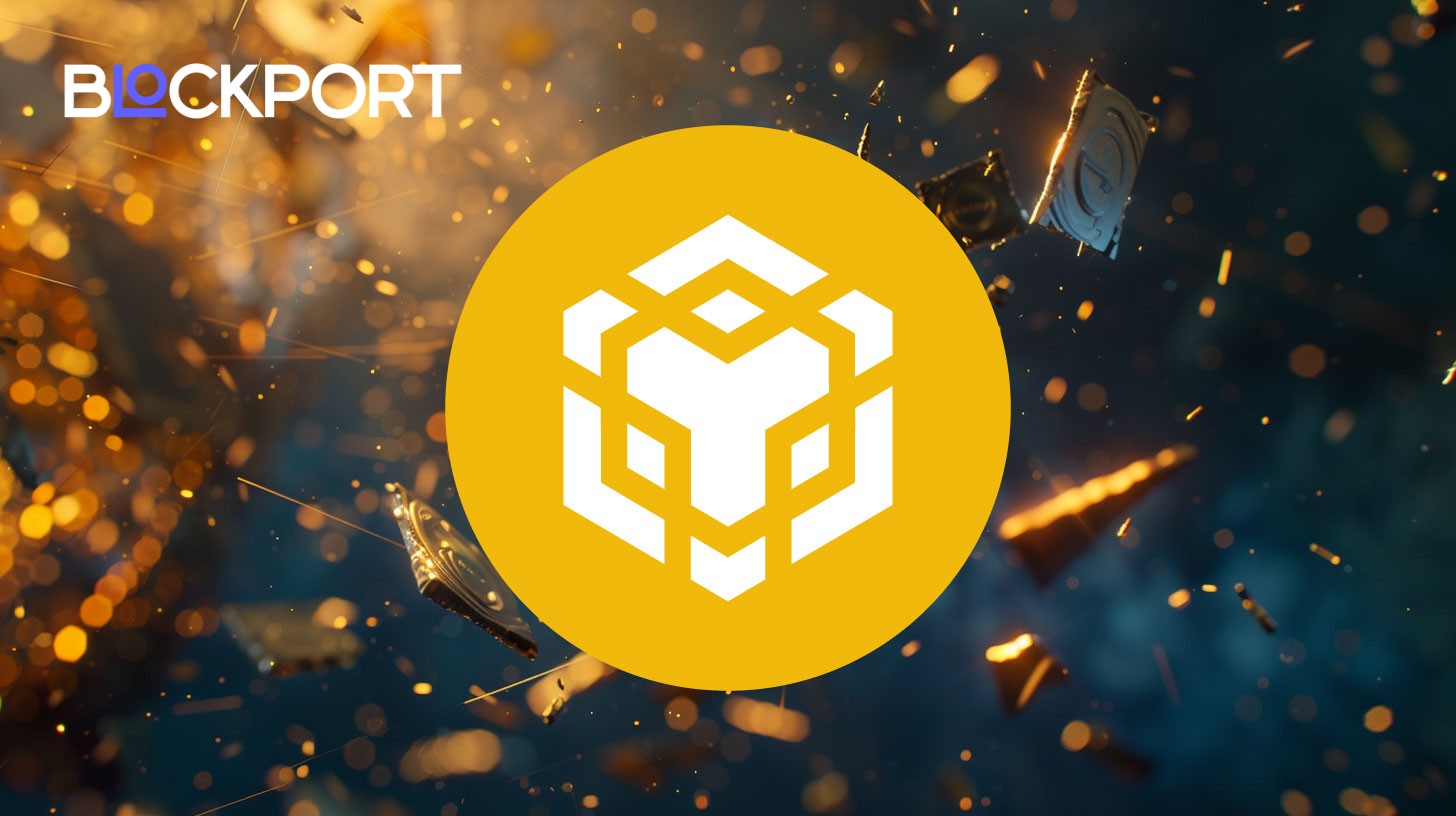Top Crypto Exchanges Dominate Q2 2025 with Record Trading Volumes

In Q2 2025, crypto exchanges processed $21.6 trillion. Binance held 35.4% market share; spot trading fell 21.7% while derivatives remained robust.
Q2 2025 Crypto Exchange Landscape
According to TokenInsight’s latest report, leading centralized exchanges processed $21.6 trillion in Q2 2025, a 6.16% drop from Q1’s $23 trillion, reflecting weaker market participation despite Bitcoin’s rally. Total crypto market capitalization climbed 28.2% to $3.46 trillion, fueled by BTC’s move from $83,000 to a peak of $111,900 before settling near $106,000.
Spot trading bore the brunt of retrenchment, with quarterly volume plunging 21.7% to $3.63 trillion. Meanwhile, derivatives turnover proved more resilient, sliding just 3.6% to $20.2 trillion as hedging and leverage trades held firm.
Binance retained the top spot with a 35.39% share of total volume, down slightly from 37.5% in Q1, followed by OKX (14.34%), Bybit (12.26%), and Bitget (11.45%) – a concentrated top tier that collectively commands over 73% of trading activity. Binance also led open interest with 23.83%, ahead of Bybit (15.76%) and Bitget (15.37%), reflecting institutional leverage demand.
Gate.io emerged as the fastest-growing major exchange in derivatives, with May volumes surging 69.9% month-on-month to $264 billion. In June, Gate further expanded its derivatives market share by 1.01 percentage points to 5.14%, marking its seventh consecutive monthly gain.
Exchange tokens lagged the broader rally. BNB climbed just 8.91% in Q2 compared to Bitcoin’s 31.62% surge, while OKB and KCS posted only minor gains or declines, highlighting their tether to spot-altcoin demand rather than BTC momentum.
Decentralized exchanges (DEX) smashed records, with total spot volume soaring to $922 billion. PancakeSwap led the surge, jumping sixfold to $411 billion on BNB Chain upgrades, while Uniswap pulled back 20% to $156 billion. Rising DEX volumes underscore a growing appetite for non-custodial, on-chain trading and layer-2 innovations like Uniswap’s Optimism rollup.
What’s Next for Crypto Trading Platforms
The top exchanges are likely to double down on niche offerings and regional licenses to defend market share as competition heats up. Gate.io’s seven-month surge in derivatives share – driven by aggressive fee incentives and new product launches – shows smaller platforms can carve out space. Meanwhile, Binance, under CEO Richard Teng, is securing approvals in over 20 jurisdictions and pursuing MiCA licenses in Europe, underscoring the value of a broad regulatory footprint. OKX and Bitget are also eyeing tailored services, including staking, tokenized assets, and localized payment rails, to attract regional cohorts.
Derivatives are expected to retain their edge as traders seek leverage and hedging tools amid ongoing macro volatility. Q2’s modest 3.6% dip in futures volume highlights traders’ preference for perpetual swaps to fine-tune exposure. Open interest may rise again as participants reposition for yield shifts. Platforms should enhance margin engines, cross-margin features, and real-time risk controls to capture this derivative-led growth.
Regulatory clarity – or its lack – will shape the flow of exchange volume across jurisdictions. Hong Kong’s Stablecoins Ordinance, effective August 1, 2025, promises to anchor FRS trading under HKMA oversight and draw stablecoin turnover to licensed venues. In Europe, the EU’s AMLA is pushing uniform rules to curb money laundering risk, which could force exchanges to tighten KYC or lose market access under MiCA. In the U.S., SEC ETF approvals and evolving guidance could either bolster on-ramps or drive liquidity offshore.
Decentralized exchanges and L2 rollups are expected to further challenge centralized incumbents by offering non-custodial trading with lower fees and deepening on-chain liquidity. As DEXs integrate liquidity-layer solutions and cross-chain bridges, they are likely to capture an increasing share of spot trading.
Sealing the Final Ledger
Success in this evolving landscape hinges on balancing innovation with compliance. Platforms that secure transparent licenses in Hong Kong, the UAE, and under MiCA will draw institutional pools, while those that neglect robust KYC/AML controls risk regulatory clampdowns and liquidity flight.
For Web3 builders and enthusiasts, the frontier lies in harnessing these regulated rails and on-chain venues to power scalable DeFi products – staking derivatives, tokenized funds, and real-world asset protocols – that marry trust with high performance in the digital-asset economy.
Content on BlockPort is provided for informational purposes only and does not constitute financial guidance.
We strive to ensure the accuracy and relevance of the information we share, but we do not guarantee that all content is complete, error-free, or up to date. BlockPort disclaims any liability for losses, mistakes, or actions taken based on the material found on this site.
Always conduct your own research before making financial decisions and consider consulting with a licensed advisor.
For further details, please review our Terms of Use, Privacy Policy, and Disclaimer.



























